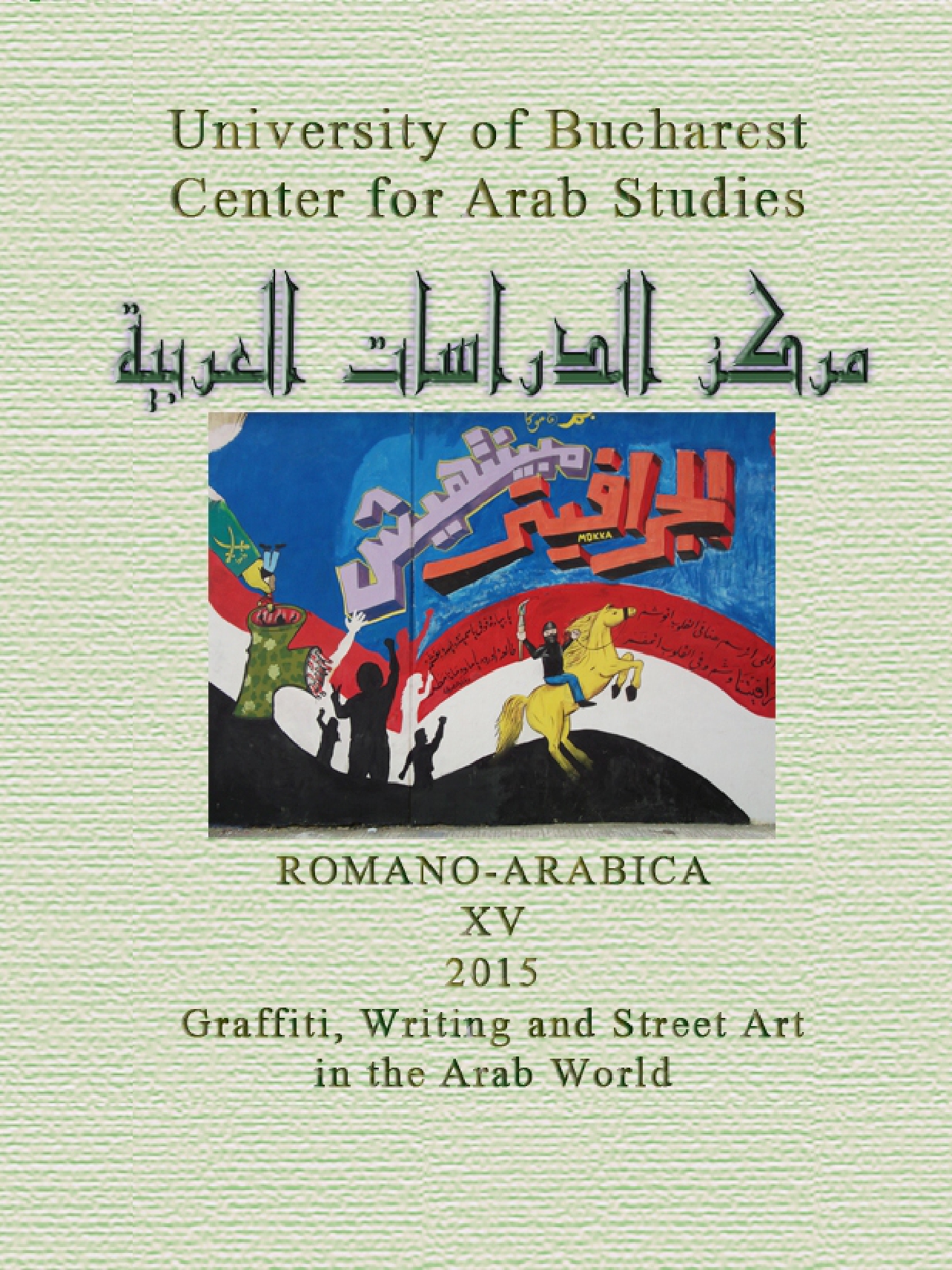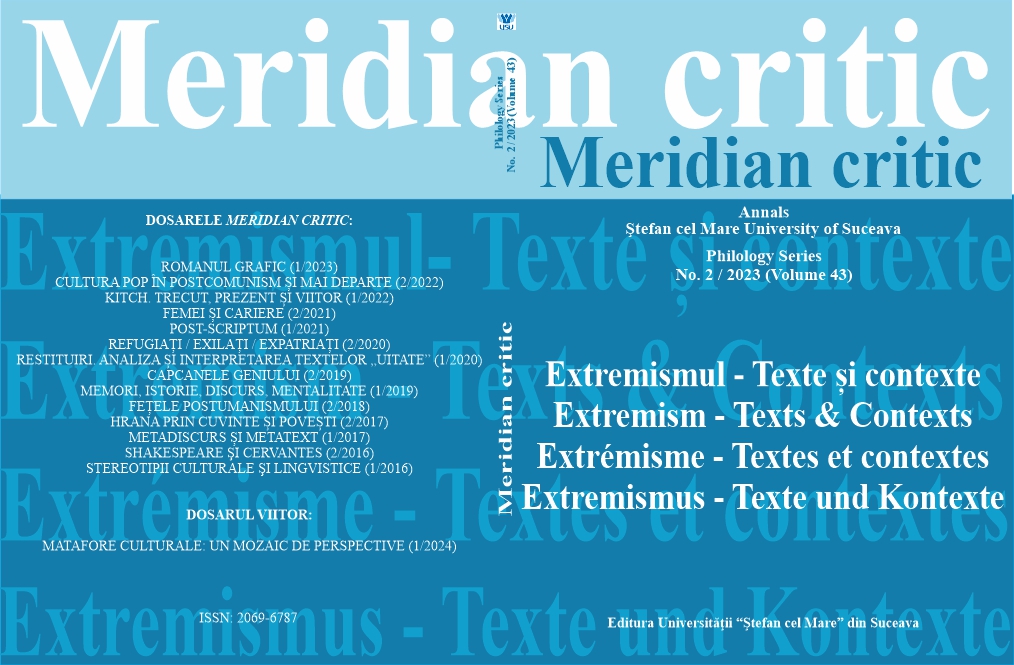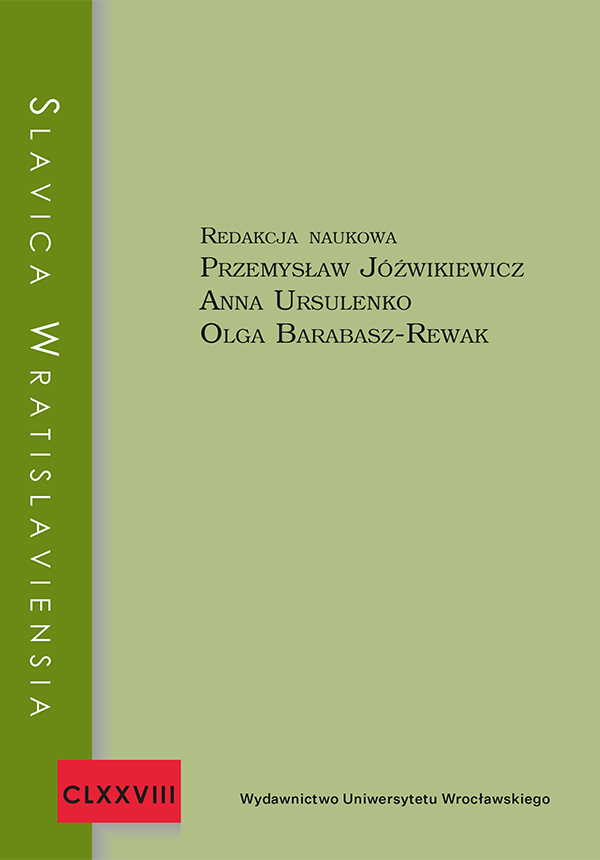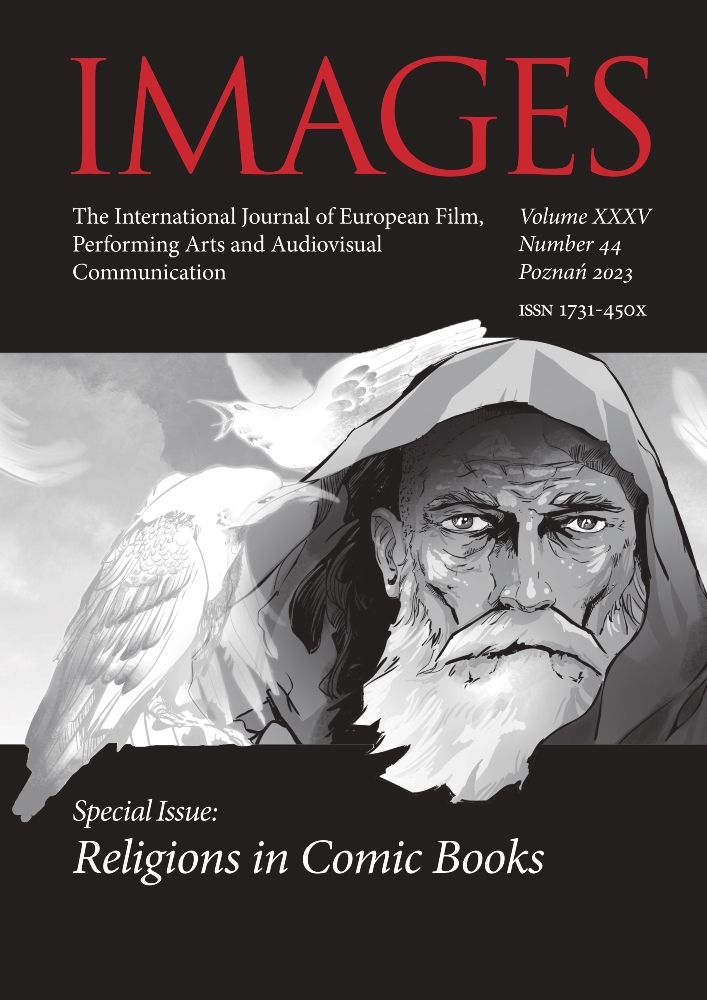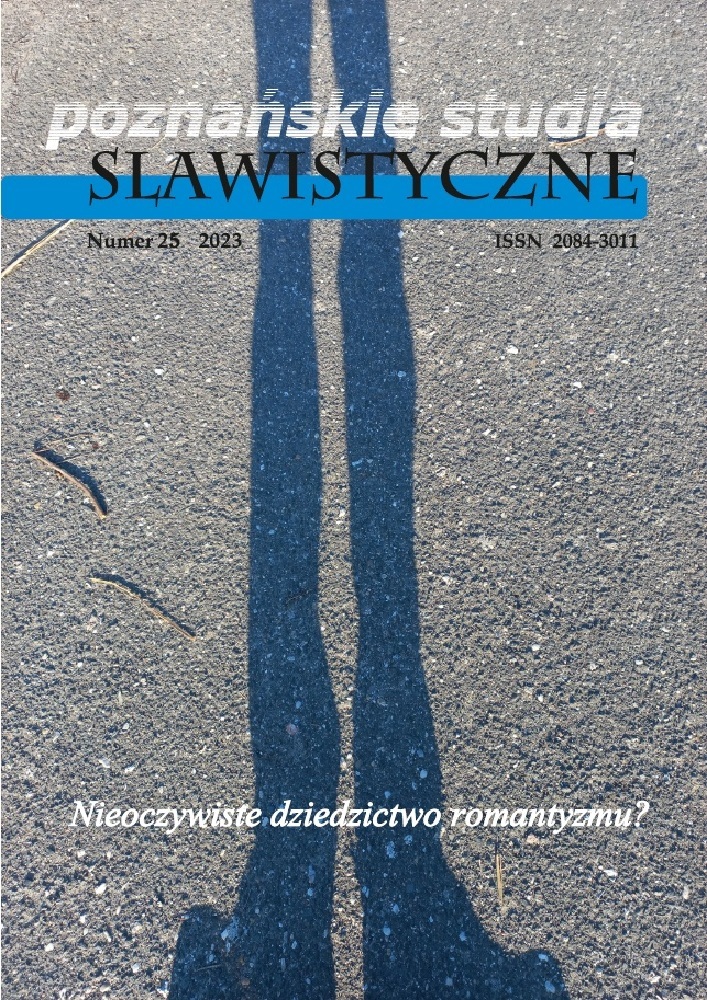Author(s): Lucian Vasile Bâgiu / Language(s): Romanian
Issue: 2/2023
The essay is a comparative analysis of the function and meaning of food in three novels dealing with shipwrecks and outcasts: Golding’s Lord of the Flies (1954), Tournier’s Friday, or The Other Island (1967), Coetzee’s Foe (1986). In Lord of the Flies food is reduced to two invariable, repetitive foods, fruit and pork, which represent two primary aspects of prehistoric human civilization, the gathering and hunting stages. Picking fruit is a benign activity, free of risks and immediate dangers, be it psychological discomfort. It is an Edenic pose, safe, with which, however, the boys will not be satisfied. We seem to be in the golden age of humanity, innocent, pure, ideal; a land of original promise populated by naive children. In the novel, fruits and fruit trees become a symbol of a Paradisiacal, non-conflictual age of human civilization, ideal and idealized, but insufficient for the species. However, the consumption of pork and, above all, the hunting of mammals will focus the attention of the protagonists, in a symbolic, antagonistic parallelism with the maintenance of fire. Jack discloses a natural inclination for the very act of hunting no matter what and wherefore. For him, meat, hunting are, in fact, simple pretexts, occasions or alibis for a disposition or a vocation specific to the human species, involuntarily stated by himself from the very beginning: “I thought I could kill”. The fact that all the children eat the pork, including those who remain formally faithful to the ethical and rational principles of human civilization, including Ralph after Piggy has been killed by the same hunters from whom the meat comes, is one of the undercurrent themes of the novel: to what extent even the purest, most idealistic, most cerebral, most well-intentioned can remain completely outside the darkness, forced by context and adverse circumstances to survive. The answer to the dilemma is implicit. In Friday, or The Other Island food is an arch-presence of the internal history of the novel, in an agglomeration bordering on gastronomic Epicureanism, to the lucid expression of the danger of satiety. Basically, the author presents us with the nutritious abundance of the island, configuring it in the data of the plentiful, sufficient Eden. References to food are extremely varied, frequent and diversified (as should be the nutrition that the fetus receives in the mother's womb, through her...). Robinson’s forager posture, reiterating the golden age of primitive mankind, will be firmly defined. But Robinson overcomes the stage of the primitive era and persistently emancipates himself in the position of the farmer. In the fifth chapter, the expression of a crisis already intervenes, the harvests become very poor due to the assiduous, untimely exploitation of the island by Robinson (the baby in the womb drains of strength the mother who shelters him). The excessively civilizing approach of the protagonist is the final point of the evolution of human culture and civilization in relation to the surrounding universe; it leads to its destruction through recklessness, intemperance. The saving solution is provided by Friday’s intervention, which brings back natural harmony to the island, restores the ecological balance between man and nature. Robinson’s entire evolution from hunter-gatherer to rapacious farmer is undone, Friday saving not only the island from destruction, but also the protagonist, the man as a species.In Foe food is not mentioned too often in the first part of the novel, and this is because, from the very beginning, we learn that it was not varied at all. Robinson has no explicit input in fishing, farming, gathering, cooking, as all these tasks essential to survival on the island are falling to Friday, sometimes helped by Susan. It is Friday who feeds and keeps both Robinson and Susan alive, not at all surprising. He reproduces in the diegesis the destiny of his race in relation to the white man. The overlooked supporting character is, in fact, much more. Overcoming the impasse of the creative act of the character Susan will be offered, presumably, by Friday, the one who knows best what to write, if only because he seems to have been the man who brought the water, the fire, the food.
More...
